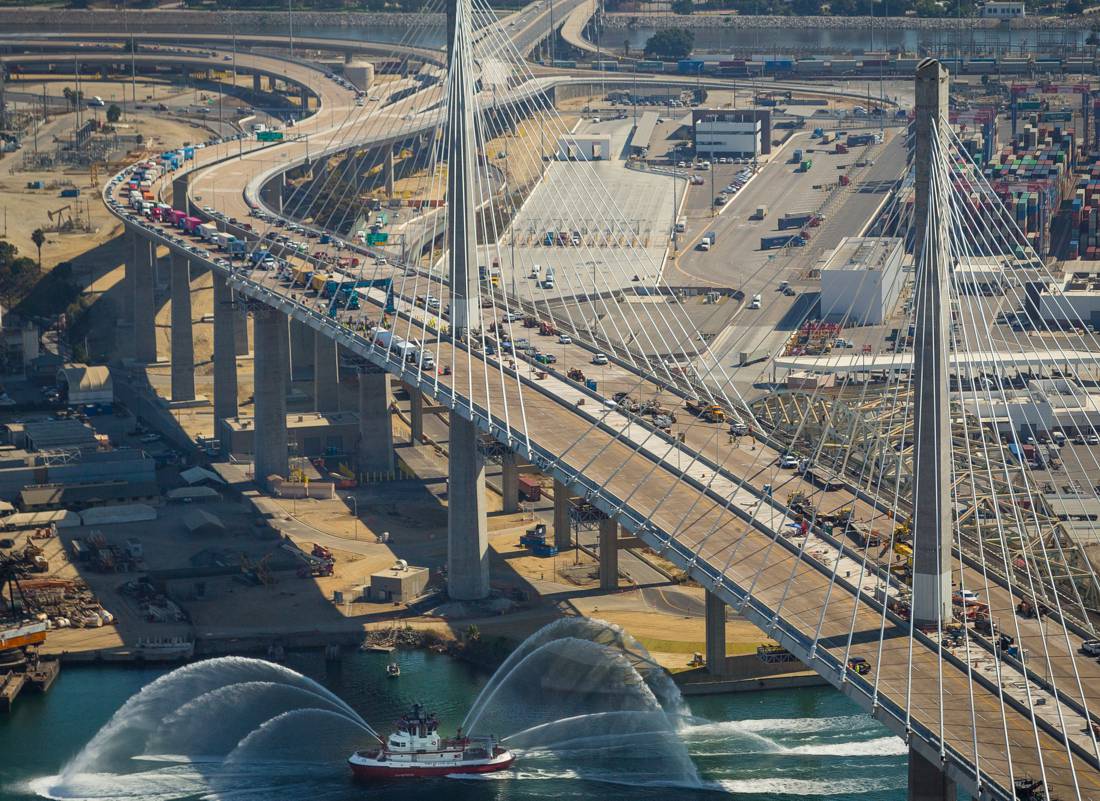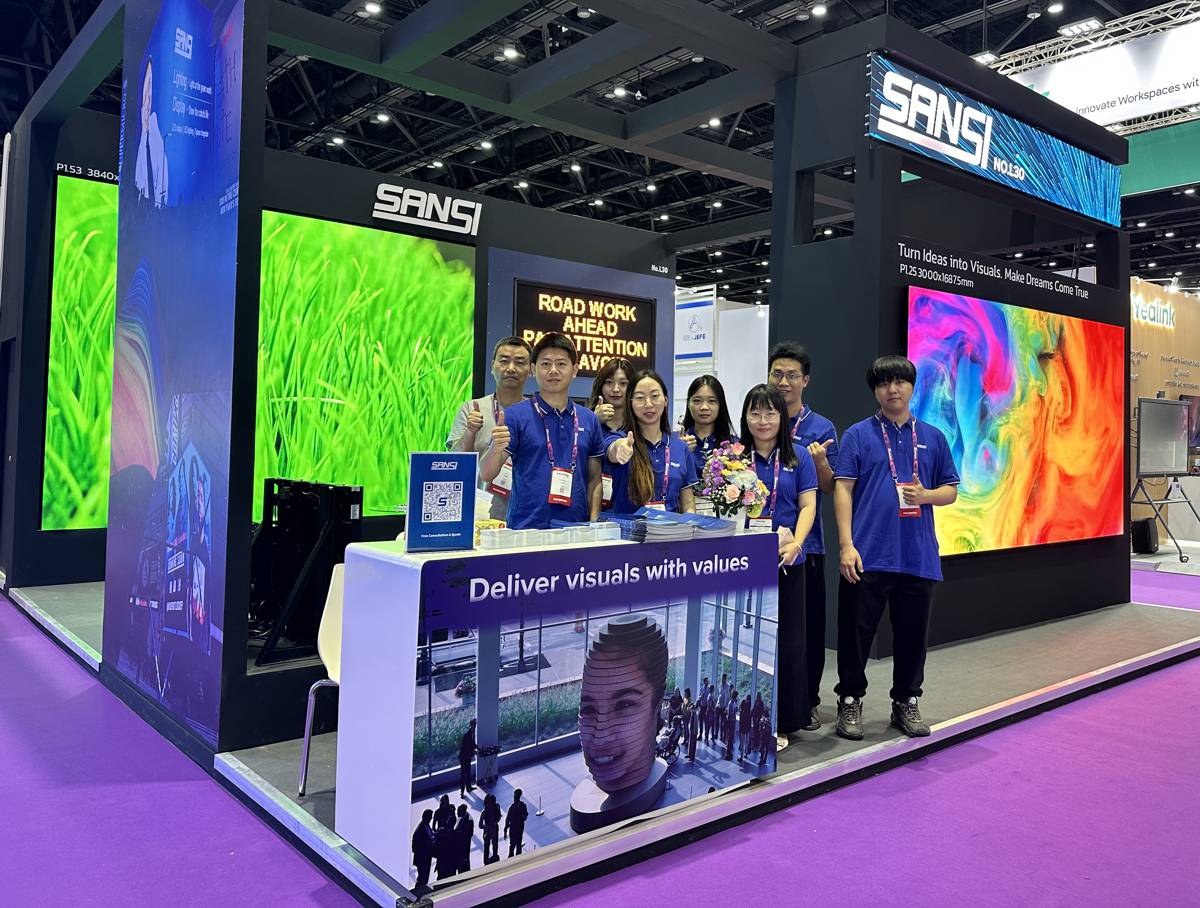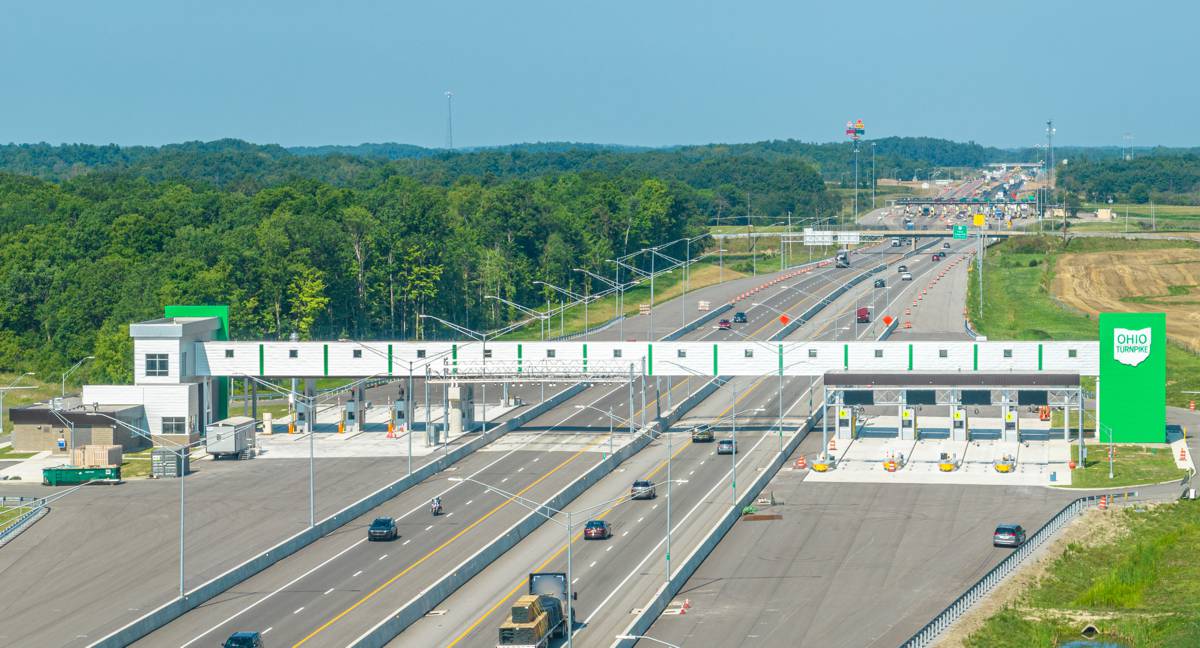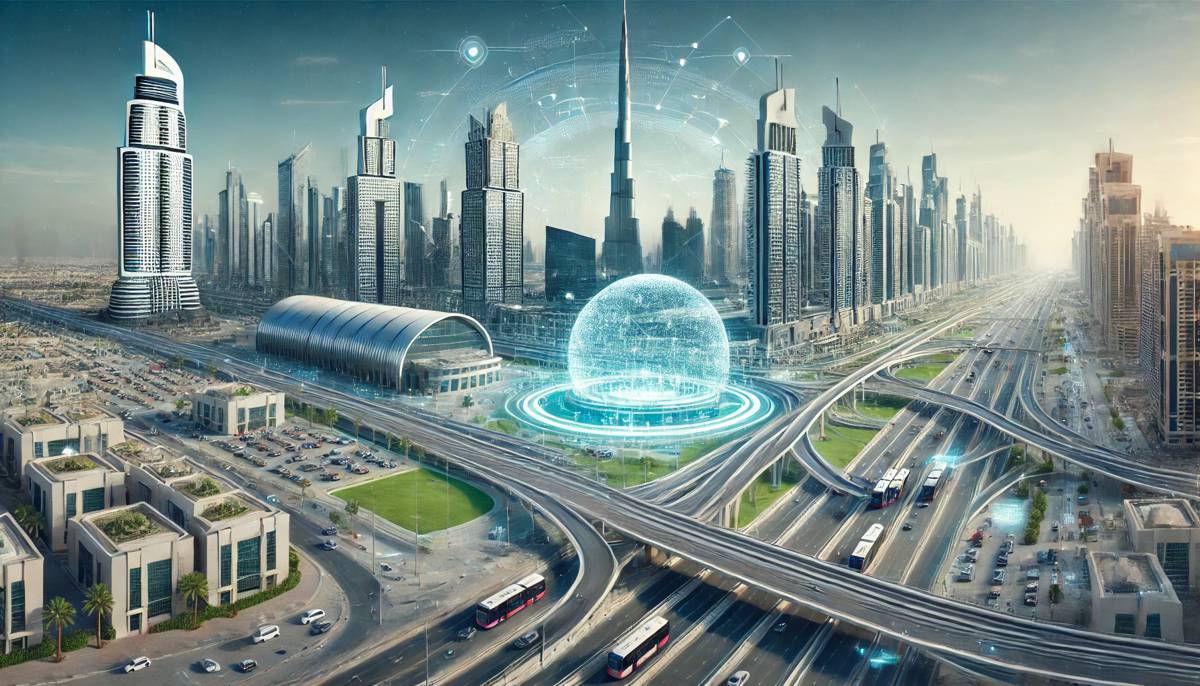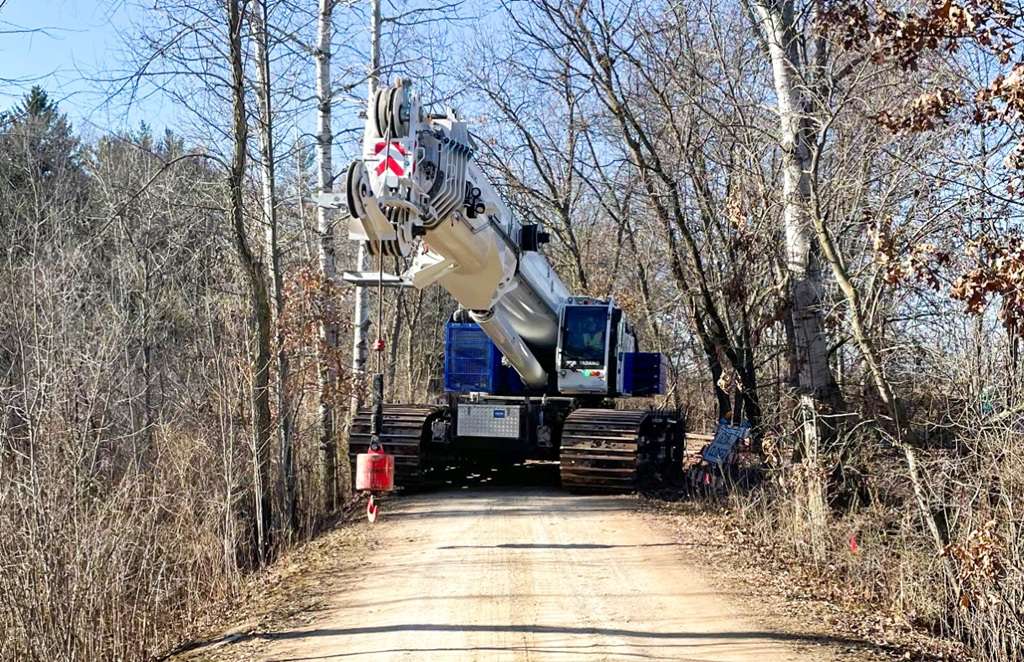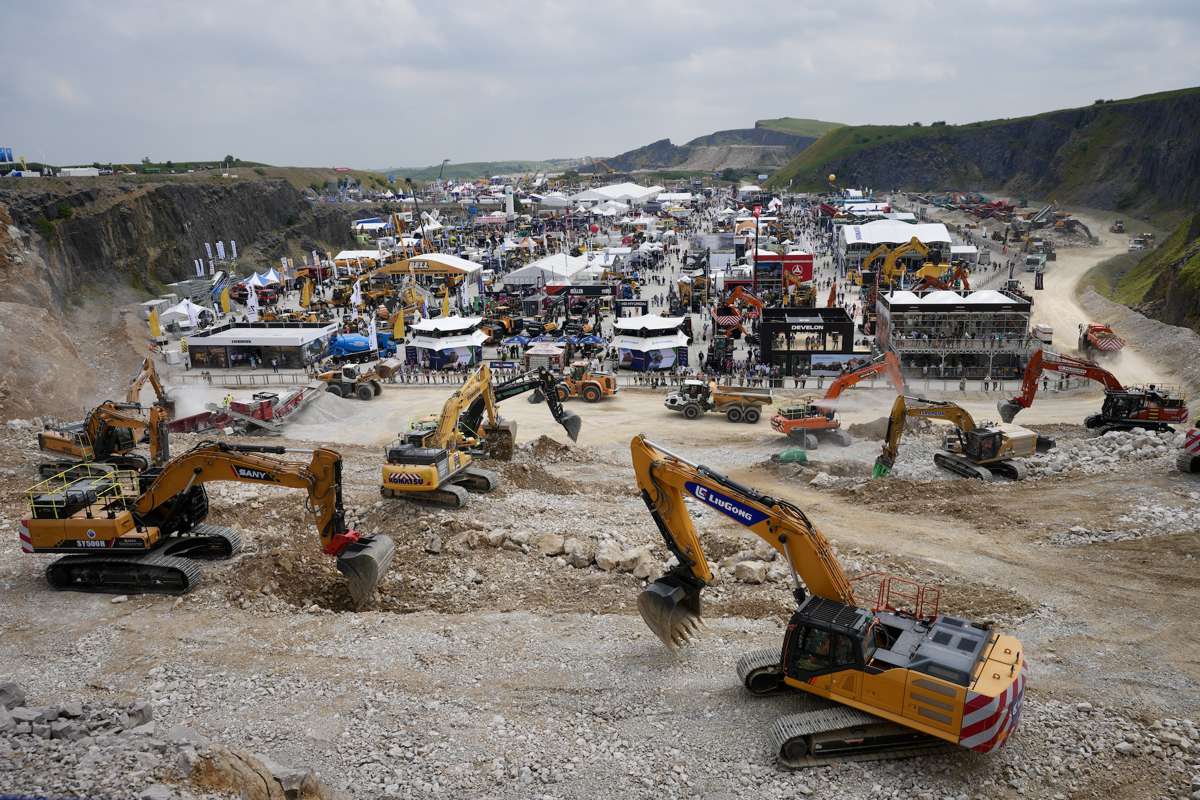Iconic new Bridge opens today in Long Beach, California
A sparkling parade of green trucks, a dramatic vintage aircraft flyover and fireboat sprays christened today’s ceremonial opening of the new bridge at the Port of Long Beach, reaffirming the region’s importance to international shipping and heralding in an iconic structure that dramatically shifts the Southern California skyline.
Long Beach Mayor Robert Garcia dedicated California’s first cable-stayed bridge for traffic, a 515-foot-tall, two-tower span that provides an important starting point for national cargo movement and a much-improved transportation link for commuters in coastal communities of Los Angeles and Orange counties.
The six-lane, nearly 2-mile-long bridge is scheduled to open to traffic Monday morning, marking the end of a nearly 10-year, $1.47 billion effort to replace the 52-year-old Gerald Desmond Bridge, which was too narrow and too low to accommodate today’s roadway cargo traffic demands and the larger cargo ships that began arriving at the Port of Long Beach years ago. While the Port of Long Beach is big ship ready, the lower Desmond Bridge was nearing its expected lifespan, and needed to be replaced to provide a long-term, reliable connection to Terminal Island. More than 15 percent of the nation’s imported container cargo travels over this bridge route.
“This is a historic day for our city and for the nation,” said Mayor Robert Garcia. “We know that this project is a phenomenal marvel of architecture and infrastructure. It connects our Port and the world to each other. All of the commerce that we depend on will go over this bridge — connecting Long Beach to the rest of the country.”
Today’s virtual and socially distanced ceremonies, while physically closed to the public because of COVID-19 restrictions, were broadcast live via social media and included taped greetings from more than a dozen top elected representatives, local labour leaders and funding partners. The new bridge was jointly funded by the Port of Long Beach, Caltrans, the U.S. Department of Transportation and Los Angeles County Metropolitan Transportation Authority (Metro).
“This new bridge is another major milestone in the Port’s ongoing commitment to remain the most advanced and most competitive port in the world,” said Mario Cordero, Executive Director of the Port of Long Beach. “It is much more than a convenient roadway. It is a critical link in the global movement of cargo. It is a bridge to everywhere.”
The bridge serves one of the largest port complexes in the world. More than 2.5 million jobs throughout the U.S. are related to the Port of Long Beach. Every year, the Port handles cargo valued at more than $170 billion.
“The Port of Long Beach is all about providing a modern, thriving port complex that means good-paying jobs for thousands of people in Long Beach and Southern California,” said Frank Colonna, President of the Long Beach Board of Harbor Commissioners.
The new bridge, which will be named later through state legislation, will eventually include a bicycle and walking path that brings visitors to a 205-foot-high view of the Southern California coastline. Announcements on the expected opening of the Mark Bixby Memorial Bicycle Pedestrian Path, named in honour of the late bicycle advocate, will be made at a later time.
Construction of the new bridge has been monitored extensively around the world by engineers and bridge designers since conception and featured on the Science and Discovery channels as well as countless news stories.
“The opening of the bridge is the result of hundreds of thousands of hours of work from skilled craftsmen, engineers, designers, and project managers,” said Bob Schraeder, project manager for SFI, the bridge contractor. “We all rejoice in the accomplishment of completing THE signature bridge for Southern California, which in addition to being used by the Port of Long Beach for the transport of goods, will be a monument for our children and grandchildren and will serve many generations to come.”
With the highest deck of any cable-stayed bridge in the United States, the new bridge is designed to last 100 years with minimal maintenance and considered one of the most seismically advanced structures in the country. The bridge includes German-design joints at each end of the main span that move up to six feet in three directions during a very strong earthquake. These joints, large dampers, and other features are designed to provide flexibility and elastic points of isolation that enable bridge segments to move independently without casing significant damage to the bridge’s primary superstructure.
The new bridge features 18 million pounds of structural steel, 75 million pounds of rebar and 1.7 million feet of cable – all American-made steel. If laid end-to-end, the cables would stretch about 322 miles – longer than the distance from Long Beach to Las Vegas.
The livestreamed commemoration featured a coordinated procession via land, sea and air highlighted by a “first drive” over the bridge led by 30 low and zero-emissions cargo trucks representing the Port’s terminals and major shipping lines and 34 classic cars highlighting the 109-year history of the Port. The procession included the debut of Volvo’s battery-electric heavy-duty cargo truck that, along with other truck manufacturers building the latest zero- and low-emission vehicles, will help the Port of Long Beach achieve its clean air goals by 2035.
The ceremony also included a five-plane formation of the Torrance-based Tiger Squadron — historic warplanes offering a tribute to the Port’s prior legacy as a major U.S. Navy base — as well as a boat parade led by water-spouting fireboats, police boats, tugs and other vessels from state and federal agencies.
The project began in 2013 with a complex operation to clear obstructions from the new bridge’s path, including nearly two dozen active and abandoned oil wells buried deep in the soil. The new bridge required a massive foundation, given there is no bedrock near the surface. Crews drilled and constructed 352 8′ and 6′ diameter concrete and rebar piles that were nearly 180′ deep. The right-of-way work also required realigning large underground utility lines — a process that sometimes required freezing the ground to prevent intrusion from the groundwater table — as well as overhead power lines.
From the foundation rose 100 columns to support approach lanes and the two signature towers. Construction of the approach spans involved the first-ever use of two massive movable scaffolding systems – self-advancing machines that provided workers a safer road-construction environment and reduced completion times.
With 80 cable strands holding the centre span and column-supported approach lanes featuring more efficient ramps and turning lanes, the new bridge will provide a seamless, efficient transition to and from the southern terminus of the 710 Freeway at the east end of this major transportation link, and an integrated connection to State Route 47 and Terminal Island at the west end. The project features California’s first-ever “Texas U-turn,” a non-signalled undercrossing that enables continuous travel for trucks and cars.
